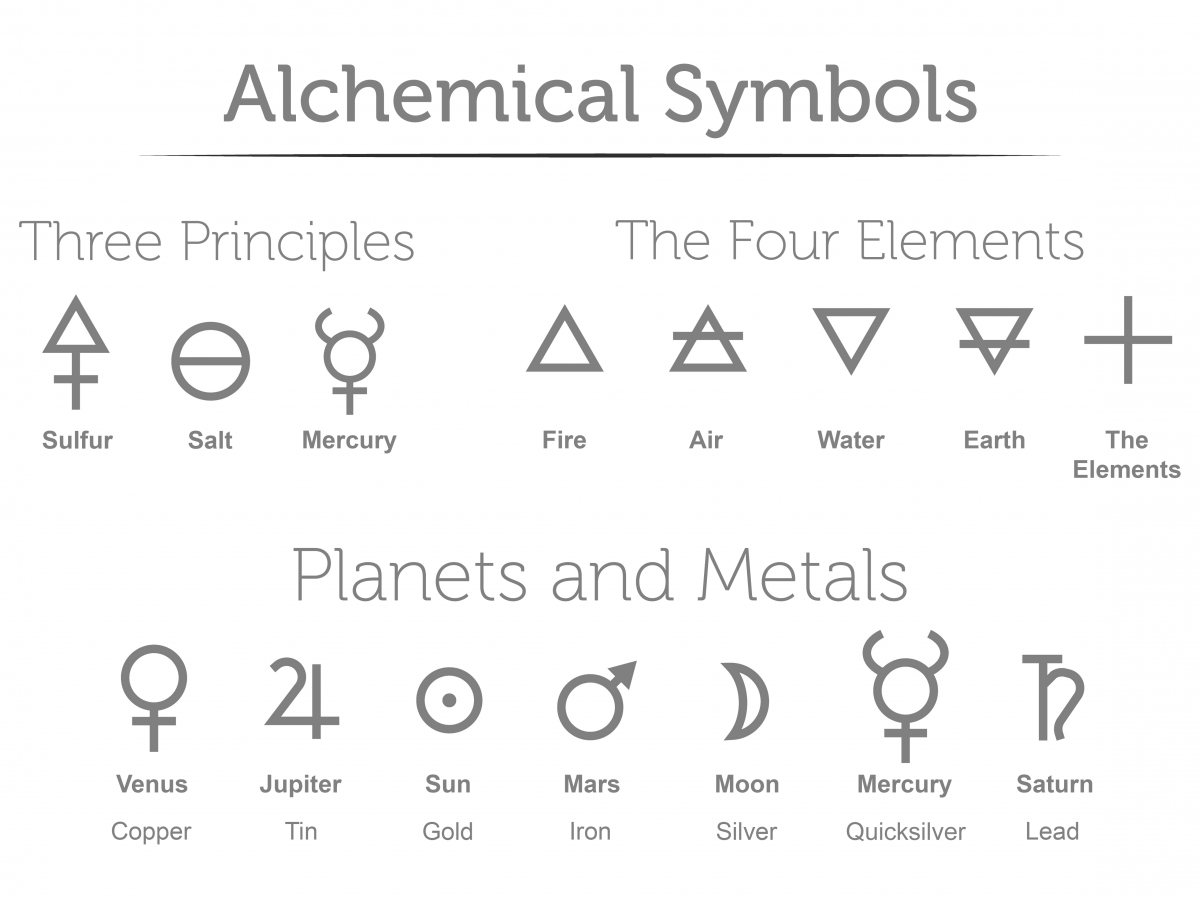Alchemy to chemistry - the start of a modern science
Isaac Newton would not have said he was a scientist, but he would have said he was an alchemist, or someone who practised alchemy. In fact, it was not until 1833 that people began calling themselves “scientists”.
Before that time, people studied natural philosophy, the study of nature, causes, astrology and many more subjects. Astrology, medicine, magic, and experiments were used in alchemy to understand the world and to create new substances. What we now think of as science came from natural philosophy and alchemy.

Photo by Joanna Kosinska on Unsplash
Turning lead to gold
Alchemy was the art of attempting to transmute or to change metals, particularly lead, into gold. For many thousands of years, alchemists had tried to unlock the secrets of matter, to bring great wealth and create a cure for all diseases. Alchemists believed that by studying the stars, metals, herbs and other substances, they could find a way to create the philosopher’s stone. The philosopher’s stone was believed to cure all disease, turn metals to gold and make people immortal.
For over four thousand years and across many countries, alchemy was practised by people who believed that matter could be classified and understood through experiments. We can describe alchemy as the start of the system of modern science in many parts of the world. Of the modern sciences, chemistry is the closest to alchemy in name and in practice. Classifying matter into different elements, states and categories was an alchemical pursuit.
The alchemical table

You may recognise some of the elements included on the alchemical table. Some of the metals named here are still very much a part of modern science and our understanding of matter. Other components, such as the four elements, are no longer part of scientific beliefs.
Chemistry is born
Robert Boyle published “The Sceptical Chymist” at the end of the 17th century. This book disproved the idea that matter was made of a mix of some or all of the four elements; earth, fire, air and wind. Instead, Boyle used new equipment and experiments to prove his theories about the world. This emphasis on experiments that could be repeated anywhere and give the same results was not new, but Boyle helped to set the standards for the modern chemist.
In the 19th century, the scientific method and the separation of the sciences into specific disciplines became the hallmarks of modern science.
